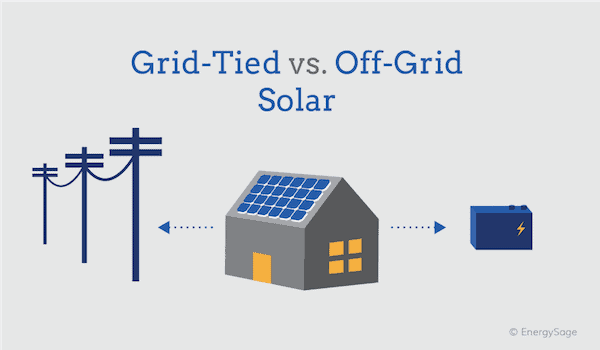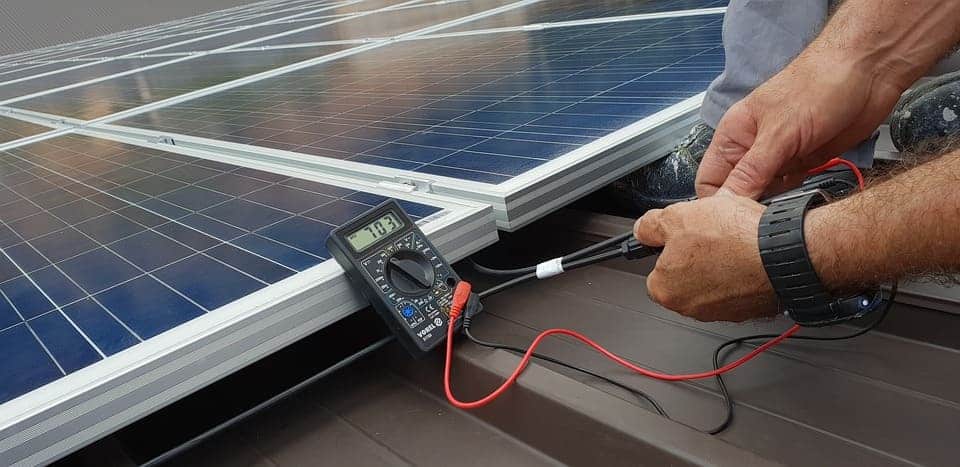Imagine converting your rooftop into a private power plant - an array of silent, gleaming panels tirelessly harvesting sunlight to fuel your daily life. That, in essence, is the promise of a whole house solar system. It's not science fiction. It's sustainable living in action.
As homeowners grow increasingly weary of fluctuating energy prices and environmental concerns, solar adoption is surging. The Solar Energy Industries Association (SEIA) highlights this shift with a telling statistic: U.S. solar capacity has grown, on average, by 22% annually over the past decade. Clearly, the sun isn't just rising-it's revolutionizing how we power our homes.
But how does it work? What are the moving parts? And how do you begin? Let's break it down-deliberately and thoroughly.
How a Whole House Solar System Actually Works
At the heart of it all are the solar panels-those iconic, blue-black modules perched on rooftops or mounted on frames in sun-drenched backyards. These aren't just accessories; they are the workhorses of any whole home solar system. Each panel absorbs sunlight and converts it into direct current (DC) electricity, a raw, unrefined form of power.
But homes run on alternating current (AC)-a different flavor of electricity entirely. That's where the inverter comes in, acting like a linguistic translator between the sun and your toaster. It transforms DC into usable AC, ready to power everything from your fridge to your home office.
Many modern systems remain grid-tied, meaning they stay connected to the local power grid. This has benefits: when your panels generate more energy than you're using, the surplus flows back into the grid, spinning your utility meter in reverse-a process known as net metering. It's not just efficient; it's economically elegant.
Alternatively, some homeowners choose to go fully off-grid. These systems operate autonomously, relying on battery storage to supply power during nights or cloudy stretches. It's self-reliance at its most literal-your home, powered exclusively by the sky.
Core Components: More Than Just Panels

A whole home solar system is a symphony of integrated parts, each with a specific role. Together, they form a unified structure designed to deliver uninterrupted, renewable power. Here's the lineup:
- Photovoltaic (PV) Panels: Typically installed on the roof, though ground mounts are an option. These come in monocrystalline, polycrystalline, or thin-film varieties-each with its own trade-off between cost, efficiency, and aesthetics.
- Inverter: The brain of the operation. It converts electricity and sometimes manages power flow. Some systems use centralized string inverters; others use microinverters attached to each panel, optimizing performance and minimizing shading losses.
- Battery Storage (optional but powerful): Usually lithium-ion. Batteries store surplus energy, acting as a reservoir for evening use or grid outages. While grid-tied systems don't require batteries, adding them offers resilience-and peace of mind.
- Mounting Systems: These include rails, fasteners, and tilt mechanisms. The direction your panels face matters. In the Northern Hemisphere, south-facing arrays tend to harvest the most sunlight.
- Balance of System: Behind-the-scenes heroes like wiring, safety disconnects, charge controllers (for off-grid setups), combiner boxes, and a bi-directional meter that tracks incoming and outgoing electricity.
When assembled correctly, these parts form an elegant electrical ecosystem-a holistic energy infrastructure draped across your rooftop.
Grid-Tied vs. Off-Grid: A Lifestyle Choice

Two pathways, one sun.
Grid-tied systems are the default for most suburban and urban homes. They allow you to draw power from the grid when solar production dips and push excess energy back when the sun's generous. You're still “on the grid,” but you're playing by new rules.
Off-grid systems, on the other hand, are autonomous. No wires tether you to the power company. But autonomy demands preparation-mainly, enough battery capacity to ride out cloudy days and long nights.
Which should you choose? That depends. Do you crave independence, or would you rather hedge with backup? Your location, lifestyle, and budget will guide the decision.
Why Go Solar? The Case for Whole Home Systems
There are plenty of reasons-practical, financial, philosophical-to install a whole house solar system. Let's walk through the biggest:
- Financial Liberation: No more sweating over monthly power bills. A well-designed system can slash-or outright eliminate-your utility charges. Over time, those savings compound.
- Environmental Impact: Solar produces zero on-site emissions. Every kilowatt-hour you generate at home is one less pulled from a fossil-fuel-burning power plant.
- Energy Security: With panels on your roof and batteries in your garage, you're insulated from blackouts, brownouts, and price spikes. Independence has never been so quiet-or so bright.
- Home Equity and Incentives: Solar can add value to your property. Prospective buyers increasingly view clean energy systems as upgrades. Plus, generous tax credits, state-level rebates, and net metering programs can make the upfront cost less intimidating.
The bottom line? A whole house solar system isn't just about saving the planet. It's about future-proofing your life.
Planning for the Sun: Steps Toward Installation

Before you start dreaming about spinning meters and carbon offsets, there's homework to do if you want your whole home solar power system to be cost-effective.
- Energy Audit: First, know your enemy-waste. Upgrade insulation. Swap out old HVAC systems. Switch to LED bulbs. The more efficient your home, the smaller your solar system needs to be.
- Roof Inspection: Is it shaded by trees? Does it face the right direction? South is best, east/west acceptable, north... not ideal. Also, is your roof in good condition? You don't want to install panels on shingles that'll need replacing next year.
- System Sizing: Tools like NREL's PVWatts Calculator can estimate how big a system you'll need. As a general rule, a U.S. household using 10,000 kWh annually might need a 7–8 kW array-roughly 20 to 30 panels.
- Incentives & Financing: Dig into state and federal programs. The 30% Federal Solar Tax Credit (ITC) is a big help. Look into local rebates, performance-based incentives, and solar-friendly loans.
- Choose a Pro: Not all solar installers are created equal. Seek out NABCEP-certified professionals. Get multiple quotes. Ask about warranties, timelines, and post-installation support.
The Final Word: Light as Legacy
A whole house solar power system isn't just a utility upgrade-it's a statement of intent. It signals that you're ready to own your energy, to live lighter on the planet, and to embrace a future where sustainability is woven into the fabric of everyday life.
If you're considering installing a whole house solar system, start by exploring ready-made solutions. Many stores offer complete packages and guidances. Don't hesitate to ask for an expert advice, current offers, and a team ready to help you make the switch to clean, renewable energy.
With falling panel costs, smarter inverters, and generous incentives, there's never been a better moment to make the switch. The sun is shining. Are you ready to catch it?





Leave a Reply